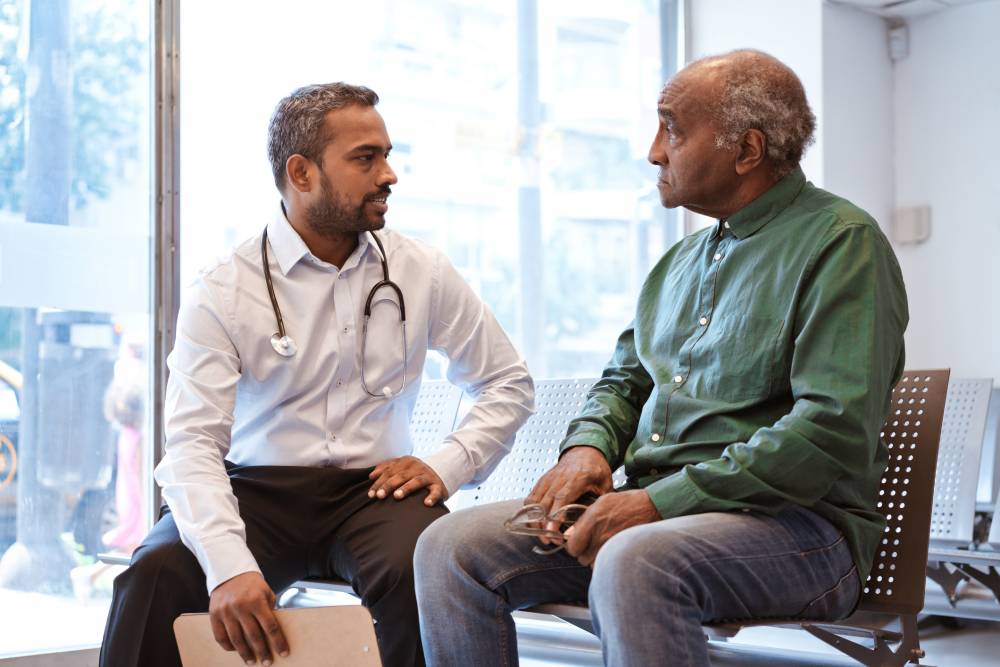
Elder abuse is often “hidden” and “under reported”, but doctors are now acknowledging they have a special responsibility to their patients to identify and help those who become victims.
The Royal Australian College of College of GPs has updated its advice for general practitioners, and for the first time has included advice on how to help patients who are experiencing elder abuse.
The changes will be included in the RACGP’s ‘Silver Book’ and comes in response to the Royal Commission into Aged Care Quality and Safety.
Associate Professor Dr Morton Rawlin chaired the review of the Silver Book. He told HelloCare that elder abuse has been included in the book for the first time.
“The Silver Book is the go-to guide for GPs caring for older people across Australia,” he explained.
“This new edition, the first update in 10 years, includes the latest evidence-based practice points on the care of older people. Elder abuse was identified as a new area that needed to be included.”
Dr Rawlin said GPs are uniquely placed to support people who are victims of elder abuse.
“At the frontline of healthcare, GPs are best placed to identify elder abuse and take action to support their patients.
“Often a GP has been with a patient for decades, so they are more likely to notice warning signs, like changes in behavior.
“A GP also often has their patient’s trust, so they are in a good position to help their patient create a safety plan,” he said.
The royal commission has put elder abuse centre stage.
“The Aged Care Royal Commission laid bare the issues in aged care and what needs to change,” said Dr Rawlin.
“Aged care generally, and all of the related concerns such as elder abuse, should certainly be a priority for GPs and other specialists in Australia’s health system.”
As Australia’s population ages, so too will the number of people who fall victim to elder abuse.
“The proportion of people aged over 65 is expected to more than double in the near future and the World Health Organisation estimates the rate of elder abuse in countries like Australia at between 2% to 14% – so, we can assume that more and more GPs could be seeing patients who are potentially experiencing elder abuse,” said Dr Rawlin.
Elder abuse can be insidious and usually happens behind closed doors, making identifying it difficult. However, doctors, with their close relationships with patients over many years are uniquely positioned to help.
“When it comes to the prevalence of elder abuse, the real problem is that it is often hidden and under-reported. This is why it’s so important that GPs are more aware of elder abuse and know the warning signs to look for.”
At its heart, elder abuse is a reflection of society’s disrespect of older people. Doctors prioritising the needs of their older patients in this way is a step in the right direction.
The royal commission’s terms of reference state the commission has been set up to inquire into the extent of substandard aged care “including mistreatment and all forms of abuse”.
No doubt the royal commission will have more to say on this matter.
Image: Izusek, iStock. Models are posed, stock image.